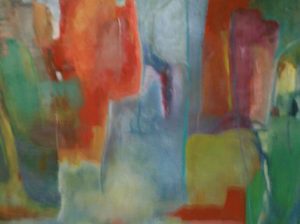When I think of mentors on campus for today’s #TarGramChallenge, I immediately think of Laura N. “Lolly” Gasaway, retired emeritus law professor and former director of the UNC Law Library. She was one of the first people to work and publish in the area of copyright and libraries, and she has been an inspiration for many of us working in the field today. Soon after I starting doing this work of providing copyright education and information to non-lawyers, I signed up for a webinar with Lolly Gasaway on copyright basics in education. This was long before I came to work at UNC. I didn’t sign up because I needed a refresher on the subject, but because I wanted to see how someone with years of experience taught copyright to people who were starting with little knowledge of the law. I was pleased that our basic organization of the material was similar. During the question and answer period, I also picked up some ideas, like how to discuss with for-profit educational institutions and their copyright questions.
You can get a sense of Lolly Gasaway’s style and work from her recent book, Copyright questions and answers for information professionals, available in print and electronic formats from UNC Libraries.
